Introduction
Dà Lǔ Tāng, a beloved staple in Chinese cuisine, is a hearty, flavorful braised soup that has warmed generations with its rich umami depths and comforting texture. Originating from northern China, this dish is a testament to the art of balancing savory broths, tender ingredients, and aromatic spices. Often served over noodles or rice, it is a versatile meal that adapts to seasonal ingredients and personal preferences. Whether you are a seasoned home cook or a curious novice, this guide will walk you through the intricacies of creating a Dà Lǔ Tāng that rivals restaurant-quality versions. From selecting the finest ingredients to mastering the delicate dance of simmering and seasoning, prepare to embark on a culinary journey that celebrates tradition and innovation.
The Essence of Dà Lǔ Tāng
At its core, Dà Lǔ Tāng is a symphony of contrasts: thick yet silken, robust yet subtly nuanced. The soup’s name derives from the Chinese verb “dǎ lǔ,” which refers to the process of thickening and enriching a broth with starch and seasonings. Unlike clear soups, Dà Lǔ Tāng embraces a luxurious, viscous consistency achieved through careful cooking techniques. Its flavor profile leans on soy sauce, vinegar, and aromatic herbs, while ingredients like wood ear mushrooms, daylily buds, and tender meat or tofu contribute to its textural complexity.
Ingredients: Building Blocks of Flavor
To create an authentic Dà Lǔ Tāng, gather the following ingredients, adjusting quantities based on your serving size (this recipe yields 4–6 servings):
Broth Base
- 8 cups low-sodium chicken or pork broth (homemade preferred for depth)
- 2 tbsp soy sauce (light or dark, depending on color preference)
- 1 tbsp dark soy sauce (for richness)
- 1 tbsp Shaoxing wine (or dry sherry)
- 1 tbsp sugar (optional, to balance acidity)
Aromatics and Seasonings
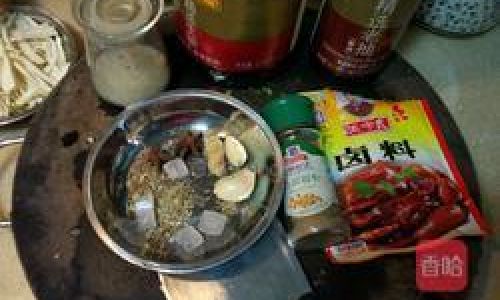
- 3 garlic cloves, minced
- 1-inch ginger, grated
- 2 scallions, white and green parts separated, thinly sliced
- 1 star anise
- 1 cinnamon stick
- 1 tbsp Sichuan peppercorns (optional, for a tingly kick)
- 2 tbsp black vinegar (or rice vinegar)
- 1 tbsp sesame oil
- White pepper to taste
Proteins and Vegetables
- 4 oz dried wood ear mushrooms, rehydrated and sliced
- 4 oz dried daylily buds (golden needles), rehydrated
- 4 oz firm tofu, cubed (or 8 oz pork loin, thinly sliced)
- 2 large eggs, lightly beaten
- 4 oz bamboo shoots, sliced (fresh or canned)
- 1 carrot, julienned
- 1/2 cup frozen peas
Thickening Agent
- 3 tbsp cornstarch mixed with 1/4 cup water (or potato starch for a glossier finish)
Garnishes
- Fresh cilantro, chopped
- Scallion greens, thinly sliced
- Red chili flakes (optional)
- Fried shallots (store-bought or homemade)
Step-by-Step Preparation
Rehydrating Dried Ingredients
Begin by rehydrating the wood ear mushrooms and daylily buds. Place them in separate bowls, cover with boiling water, and soak for 20–30 minutes until pliable. Drain, rinse, and slice the mushrooms into thin strips. Trim any tough stems from the daylily buds and set aside.
Preparing the Broth
In a large pot, heat 1 tbsp sesame oil over medium heat. Add the white parts of the scallions, garlic, and ginger, sautéing until fragrant (1–2 minutes). Stir in the star anise, cinnamon stick, and Sichuan peppercorns (if using), toasting for 30 seconds to release their aromas. Pour in the broth, soy sauces, Shaoxing wine, and sugar. Bring to a simmer, then reduce heat to low. Cover and let infuse for 15 minutes to meld the flavors.
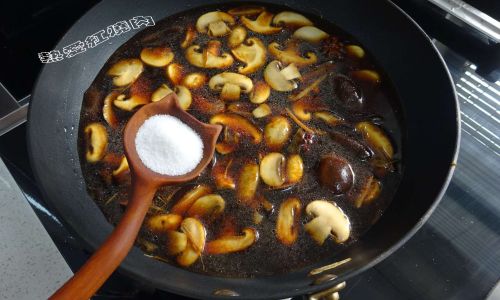
Cooking the Proteins and Vegetables
If using pork, marinate the slices in 1 tbsp soy sauce, 1 tsp cornstarch, and a pinch of white pepper for 10 minutes. In a separate pan, stir-fry the pork until just cooked through, then set aside. For a vegetarian version, skip this step and use tofu.
Add the rehydrated wood ear mushrooms, daylily buds, bamboo shoots, and carrots to the simmering broth. Cook for 5–7 minutes until tender. Stir in the cooked pork (or tofu) and frozen peas, simmering for an additional 3 minutes.
Thickening the Soup
Whisk the cornstarch slurry to ensure no lumps remain. Slowly pour it into the simmering soup, stirring constantly. The broth will begin to thicken; adjust the amount of slurry if you prefer a thinner or thicker consistency. Continue simmering for 2–3 minutes to cook out the starchy taste.
Adding the Egg Ribbons
Reduce the heat to low. Gently pour the beaten eggs into the soup in a slow, steady stream while stirring the broth in a circular motion. This creates delicate egg ribbons. Avoid boiling the soup at this stage to prevent the eggs from overcooking.
Seasoning and Finishing Touches
Stir in the black vinegar, adjusting to taste. Add white pepper and additional soy sauce if needed. Remove the star anise and cinnamon stick to avoid bitterness. Drizzle with sesame oil and fold in the scallion greens.
Serving Suggestions
Ladle the Dà Lǔ Tāng over cooked noodles (such as fresh wheat noodles or rice vermicelli) or steamed rice. Garnish with cilantro, red chili flakes, and fried shallots. Serve immediately with extra vinegar and soy sauce on the side for personal adjustment.
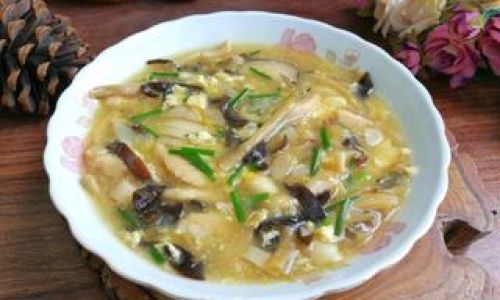
Variations and Customizations
Vegetarian Dà Lǔ Tāng
Omit meat and use extra-firm tofu or textured vegetable protein (TVP). Enhance umami with a splash of mushroom soy sauce or a tablespoon of vegetarian oyster sauce. Add spinach or bok choy for greenery.
Seafood Twist
Substitute pork with shrimp or scallops. Add 1/2 lb of seafood during the final 3 minutes of cooking to prevent overcooking. Garnish with chopped fresh dill or basil.
Spicy Sichuan-Style
Intensify the heat with 2–3 tbsp of doubanjiang (fermented chili bean paste) sautéed with the aromatics. Include diced Sichuan preserved vegetables (zha cai) for a tangy kick.
Troubleshooting Common Issues
- Soup Too Thin: Mix an additional tablespoon of cornstarch with water and gradually whisk it in while simmering.
- Eggs Clumping: Ensure the soup is at a gentle simmer, not boiling, when adding eggs. Stir slowly to create ribbons.
- Bitter Aftertaste: Overcooked spices like star anise can impart bitterness. Remove them after 15 minutes of infusing.
- Lack of Depth: A pinch of MSG or a teaspoon of mushroom powder can elevate the savory profile without excess salt.
Cultural Significance and Pairings
Dà Lǔ Tāng holds a cherished place in Chinese family gatherings and festivals, symbolizing unity and prosperity. Its versatility makes it a year-round favorite: hearty in winter, lightened with fresh herbs in summer. Pair it with pan-fried dumplings, steamed buns (mantou), or a crisp cucumber salad for a balanced meal.
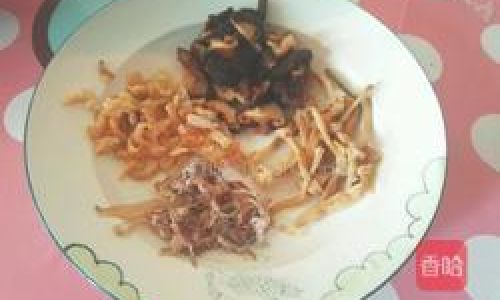
Health Benefits and Nutritional Notes
Rich in protein from meat or tofu, fiber from vegetables, and antioxidants from mushrooms, Dà Lǔ Tāng offers a nourishing profile. Opt for low-sodium broth and limit sesame oil to reduce fat content. Wood ear mushrooms are particularly prized for their iron content, while daylily buds provide vitamin C.
Conclusion
Crafting the perfect Dà Lǔ Tāng is an exercise in patience and precision, where each ingredient plays a vital role in the final harmony. Whether you adhere strictly to tradition or experiment with modern twists, this soup rewards effort with its ability to soothe, satisfy, and delight. As you master the techniques outlined here, remember that the soul of Dà Lǔ Tāng lies not just in its recipe but in the joy of sharing it with those you cherish. So, gather your loved ones, ladle out steaming bowls, and savor the timeless comfort of this Chinese classic.
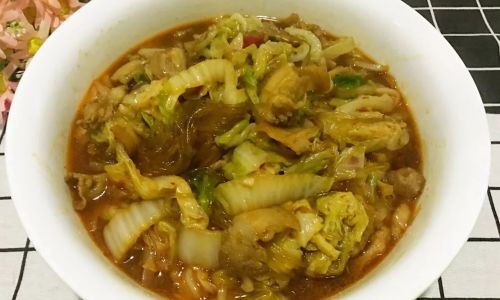
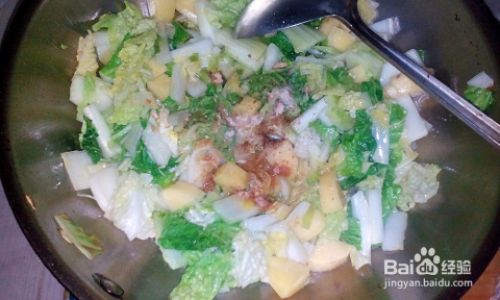
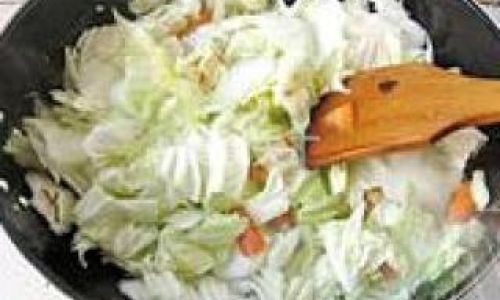
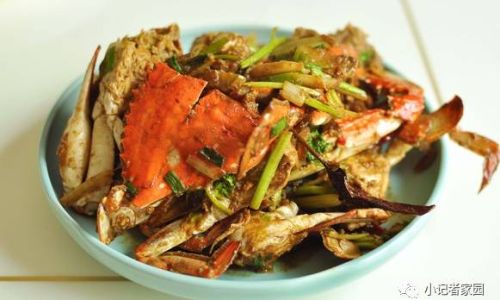
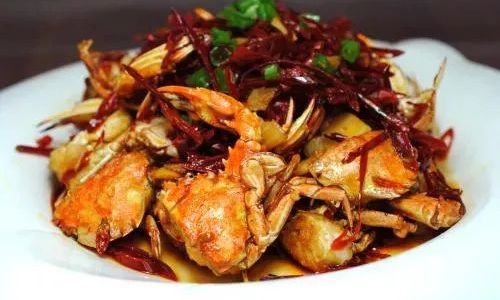
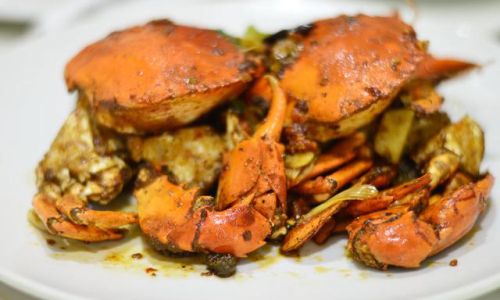
0 comments